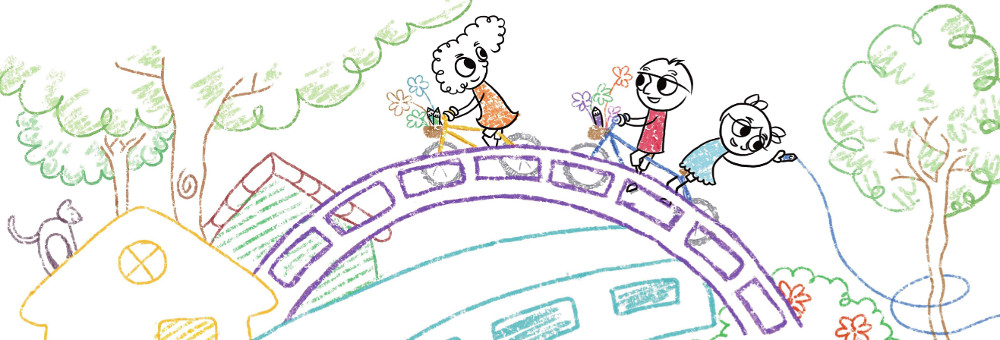Usability tests with kids is similar trekr.co.id in many respects to user friendliness testing with adults. To get the most out of your sessions, and be sure the child is definitely comfortable and happy, there are several differences that you have to be aware of.
Stress of recent people and surroundings
Youngsters are far more very likely than adults to find encountering new places and people tense. You should always bear in mind this, hence try to find numerous ways as it can be to relax the kid. Some things you might do are:
— Allow a large period of time – at least 10 minutes – to meet your child. This is significant in adding them confident before beginning the session. Some easy things to talk about may be computer games, cartoons, sports or perhaps school. Planning to make every one of the equipment utilized during the practice session match what the child uses at home/school (phone up their parents/teachers beforehand to check). – Try to always be as soothing and reassuring as possible. Is actually especially important to build it apparent to the kid that you want their particular views on the internet site and that you’re not testing all of them. – Arrange for the fact that younger children may possibly prefer their particular parents to remain in the tests room with them. Make certain that parents understand that they should avoid the child’s line-of-sight and not support or distract them.
Asking for help
Youngsters are far more used to asking for — and receiving – help than adults, therefore it is very important for the purpose of the ansager to:
– Plainly explain at the outset of the test you want the child to work with the site independent – Make a continual effort to deflect any such questioning during the session by itself
Good ways of disperse questions range from:
— Answering a question with a problem (e. g. What do you believe you should do now? ) — Re-stating that you might want the child to use the site independently – Asking the child to obtain one previous g’ before you begin something else
Children acquire tired, fed up and disappointed more easily
Children (especially of young ages) are much less inclined — and/or ready – to put on themselves to a single process for a extended period. Some ways to function around this are:
– Limiting consultations to 1 hour or fewer. – Taking short fails during trainings if the child becomes exhausted or irascible. – Making sure sessions cover the designed tasks/scenarios within a different order – this will make sure that similar scenarios are definitely not always examined by tired children, who have are less prone to succeed/persevere. – Asking the kid for support so as to provide associated with motivation (e. g. requesting ‘Could you please identify for me the right way to… ‘, or perhaps by in fact pretending never to be able find/do something in the site). — Keeping up a reliable stream of encouragement and positive opinions (“You’re carrying out really well and telling all of us lots of useful things — it will seriously help make the site better. Keep it up! “).
The importance of non-verbal tips
Kids can’t continually be relied upon to verbally state their thoughts/feelings, either due to their:
– Not being articulate enough – Being shy – Not wanting to say the incorrect thing and displease the – Declaring things they will don’t consider just to you should the adult
This makes it particularly critical that the simplicity expert be sensitive to children’s non-verbal cues, including:
– Sighs — Smiles – Frowns — Yawns — Fidgeting – Laughing — Swaying — Body viewpoint and good posture
Physical differences
A couple of extremely obvious — but without difficulty forgotten – differences which need to be considered are:
– Couch and table settings – Make sure you contain a chair/table setting which allows the child to comfortably make use of the equipment throughout the session. — Microphone positioning – Children tend to have less busy voices than adults, therefore microphones should be placed a little bit nearer towards the participant than normal.
Levels of literacy and understanding
It is advisable to ensure that a session’s player has an exact understanding of the scenario being presented to them. Some ways to make this happen include:
– Asking participants to re-phrase scenarios/goals in their own words. – Asking participants to do a scenario (i. elizabeth. what they are looking to achieve) in the event the task has gone on for a long time and you suspect they may own forgotten this.
